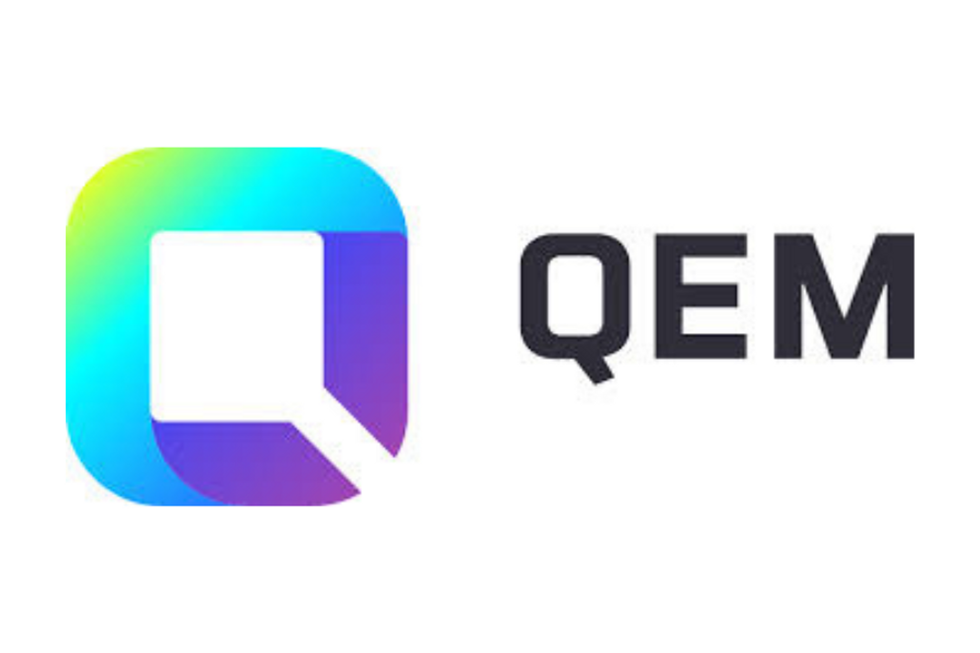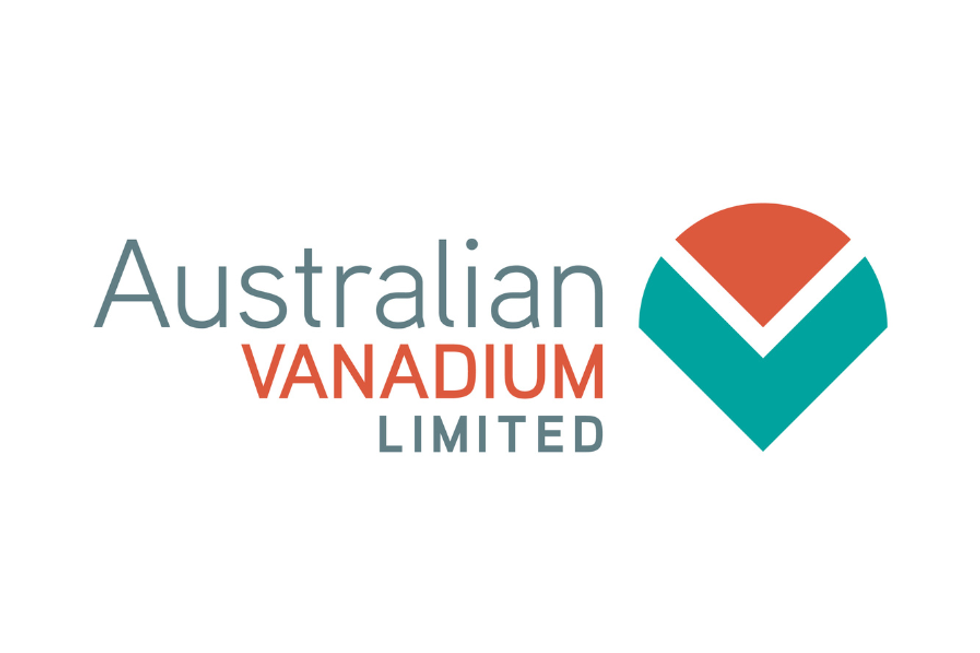
Pre-production capex is estimated at AU$970 million, and the vanadium project should have a pre-tax IRR of 41 percent and a NPV of AU$4.9 billion.
TNG (ASX:TNG) put out a definitive feasibility study (DFS) for its Mount Peake vanadium project in Australia’s Northern Territory last week. Pre-production capex is estimated at AU$970 million, and the project should have a pre-tax IRR of 41 percent and a NPV of AU$4.9 billion.
In addition, operating cashflow for the vanadium-titanium-iron project is projected to be AU$13.6 billion over an initial 17-year project life, while life-of-mine net cashflow is pegged at AU$11.6 billion. The company said the robust IRR and NPV will lead the way to “final funding, construction and off-take contracts with existing portfolio of Tier One strategic partners.”
Speaking about the results, TNG’s managing director, Paul Burton, said they exceeded the company’s expectations. “Seeing the project come through a feasibility study at this level of detail and accuracy provided by Tier One engineering, mining and infrastructure groups is a considerable achievement against the backdrop of what can only be described as very challenging commodity market conditions,” he commented.\
Two-stage development plan
The DFS outlines a two-stage development plan for Mount Peake. Stage one will include a 3-million-tonne-per-year operation, and after four years, when stage two begins, that operation will expand to 6 million tonnes per year. Average annual production has been set at 17,560 tonnes per year of vanadium oxide, 236,000 tonnes per year of titanium dioxide and 637,000 tonnes per year of pig iron.
The vanadium project’s hefty price tag won’t deter the company, as it has “already put in a considerable amount of preparatory work to position the project for financing and development,” according to Burton. “[W]e are now well-placed to move ahead with funding discussions in conjunction with our established network of strategic partners.”
The study was based on a total mining inventory of 78 million tonnes at an average grade of 0.38 percent vanadium oxide, 7.04 percent titanium dioxide and 27.1 percent iron. Those numbers were derived from 41 million tonnes of probable reserves, 27 million tonnes of measured resources and 10 million tonnes of indicated resources. That represents a 65-percent conversion of 2013 measured resources, but with a significant increase in grade, up from 0.28 percent to 0.42 percent vanadium oxide.
“Like all resource projects the Mount Peake Project is inherently sensitive to commodity prices. We are therefore fortunate to have been able to unlock the maximum value in the resource through the production of three high value products, which enables us to mitigate our commodity price risk exposure and proactively de-risk the project by producing higher-value marketable end-products,” Burton said.
The company is already working on its next steps. The board first plans to consider the results of the DFS, then will proceed to a development decision and project financing in “the shortest possible time frame.”
Sale contract already in place
TNG has already secured a sale contracts for Mount Peake, with Korea-based ferrovanadium producer Woojin (KRX:105840) agreeing to purchase up to 60 percent of the vanadium from the project. A second deal between the two will see Woojin transfer its proprietary ferrovanadium technology to TNG, allowing the Australian company to convert vanadium pentoxide into high-value ferrovanadium at a conversion plant that will be established at TNG’s TIVAN® refinery site.
The TIVAN® refinery, which has been in the works since 2009, will have a design feed capacity of 900,000 tonnes of magnetite concentrate per year and is proposed to expand to a maximum capacity of 1,800,000 tonnes by the fifth year of production. It consists of feed preparation, leaching, solvent extraction and acid regeneration and will produce vanadium pentoxide, pigment-grade titanium dioxide and pig iron.
At end of day Friday, TNG’s share price was unmoved at AU$0.19. Year-to-date the company’s share price is up 113.48 percent.
Securities Disclosure: I, Kristen Moran, hold no direct investment interest in any company mentioned in this article.
Related reading:
TNG Signs Second Agreement with Woojin for Mount Peake
TNG Announces Agreement with Korean Metals Group

